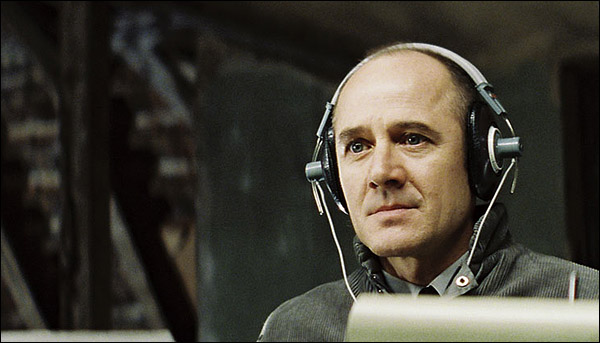
It’s one of the most complex and complete film industries in the world. The German language film industry is actually quite contrary to the norm, if you compare it to other film industries throughout Europe. There are five different stages of the German film industry that comprise its entire history, if we assume 1915 as a reasonable beginning for a film industry.
From 1915 to 1930, the German film industry was composed of silent films, which innovated and surprised the cinematographic world. They were mostly horror, sci-fi and experimental films; this was also an era of expressionism. I dare say that at its time, this industry was the best, alongside the American film industry.
From 1931 to 1945 they released mostly thriller and comedy films, but also there was an introduction of spoken films that mainly presented the reality of contemporary Germany, but it also was an era of propaganda films.
From 1946 to 1970, the introduction of color films and the apathy of the film industry was a big contrast to the golden age of the Italian, Spanish or French film industries. I dare say this was the worst era of the German film industry.
From 1971 to 1994, it was an era of philosophical insight, with Fassbinder and Wenders as top directors and Klaus Kinski and Bruno Ganz as top actors. It was an era of drama and emotions, and filmmakers exploited those components inherent to human feelings. From 1995 onward, the era was mixed with several types of movies, from drama to comedy films, from philosophical to historical-based films.
For this reason, the German film industry is one of the richest industries in the world. Although it had a strange reception after World War II in terms of cinematographic output, perhaps due to the reality of the war, the industry was able to hold her head high and continue a path of success, namely after 1970.
30. Der zerbrochene Krug (Emil Jannings, 1937)
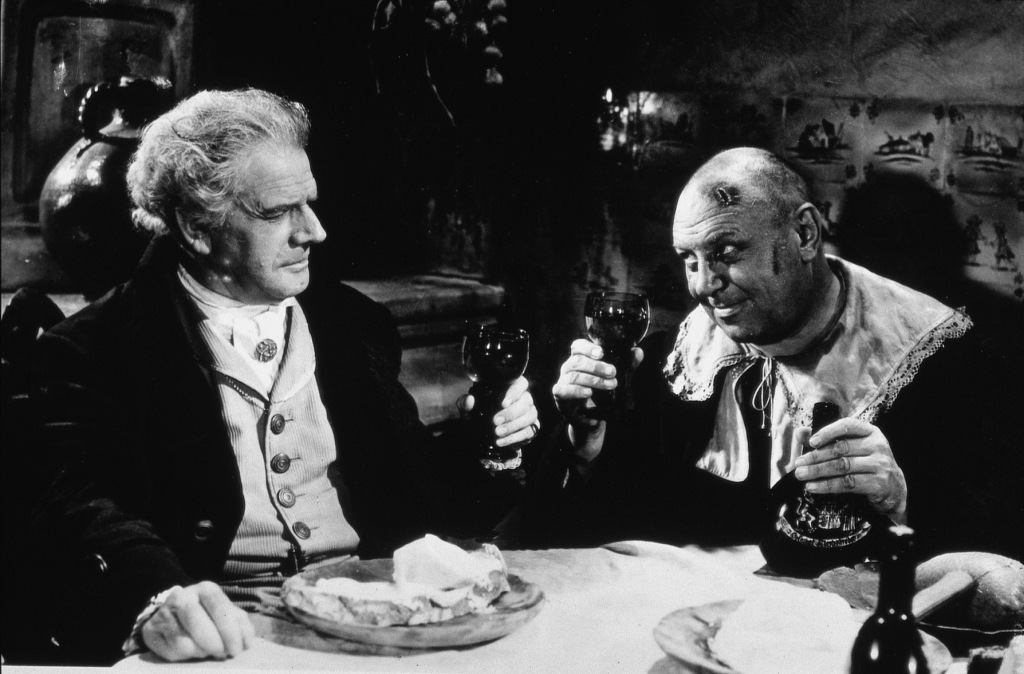
“Der zerbrochene Krug“ was originally a comedy written by playwright Heinrich von Kleist in 1808. It was later adapted to several different currents of culture, including cinema. Although a bit forgotten on these types of lists and a bit underrated when compared to many big names, this film has the legendary German actor Emil Jannings in one of his funniest roles. He plays a judge of a small village who tries to hide the fact that he broke a priceless jug the night before.
The owner of that jug is the mother of the girl with whom Jannings’ character was with. The young lady is engaged to be married to a young man who is a bit slow and dumb. It isn’t clear whether this judge and young lady actually love or even like each other, but this fact has to be hidden from the mother and her fiancé, not only to protect the girl, but also the position of this messy and escapist judge.
The movie explores inequality and human nature, combined with a “corrupt” judicial system. The movie eventually has a happy ending, a bit uncommon in German movies.
Also considered for this position were Was Frauen träumen (1933) by Géza von Bolváry; Stürme der Leidenschaft (1932) by Robert Siodmak, one of the first film-noir ever made, which serve as inspiration for future film-noir; Boom Boom Bang – Ein todsicheres Ding (1999) by Peter Thorwarth; Der junge Törless (1966) by Volker Schlöndorff; Der blaue Engel (1930) by Josef von Sternberg; and Die Feuerzangenbowle (1944) by Helmut Weiss.
29. Das Experiment (Oliver Hirschbiegel, 2001)
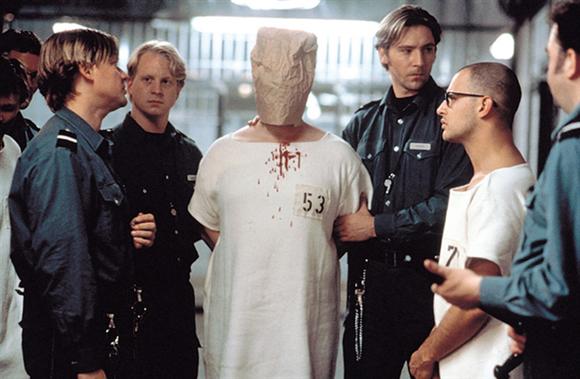
This is one of the movies that really surprised me when I watched it a few years ago. It deals with one of the most studied concepts in psychology courses all around the world. “Das Experiment” is actually based on a real event: an experiment conducted by Philip Zimbardo, in 1971, called “Stanford Prison Experiment”. He became a famous psychologist after that event, where he put regular people in pressure-filled situations, some becoming prison guards while the others were prisoners.
The experiment became famous for its results, which completely conformed with Zimbardo’s initial expectations, and I quote, “situations can have a more powerful influence over our behavior than most people appreciate, and few people recognize.” All the participants took the path shown in the movie, often becoming more evil and unethical toward other fellow participants.
The movie is an exciting thriller with great psychological content, which enriches the film’s objective and also informs audiences about this unorthodox event. The experiment’s results can be seen and read here.
28. Die Brücke (Bernhard Wicki, 1959)
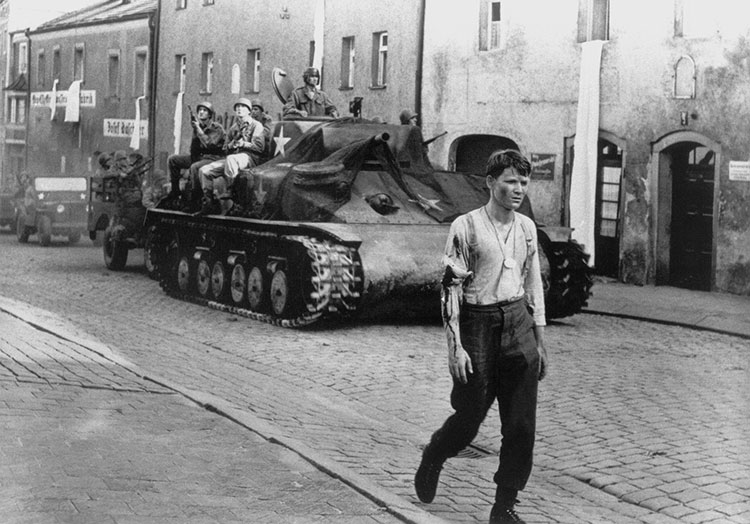
The film explores one of the gruesome activities, among others, perpetrated by the Nazi Regime, which was the use of children and teens to fight in World War II. The movie depicts an actual event that was forgotten with time, but its reality should scare anyone who lived through World War II or suffered consequences because of it.
A couple of youngsters are recruited by the Nazi Regime to fight for the war effort, in order to help the country to fight the “unquestionable victory” that sooner or later should be upon them. Happy and anxious to go to war, the youngsters cannot imagine the terrible ordeal that is coming to them. On the battlefield, the youngsters have the seemingly easy job to secure a bridge, which gives this film its title.
Eventually, they see themselves left alone to fight the Allied forces, who are surprised to encounter such adversaries. The emotional ordeal and brutality of the events completely take by surprise the youngsters that find out, in the worst possible way, the consequences of war.
27. Die Fälscher (Stefan Ruzowitzky, 2007)
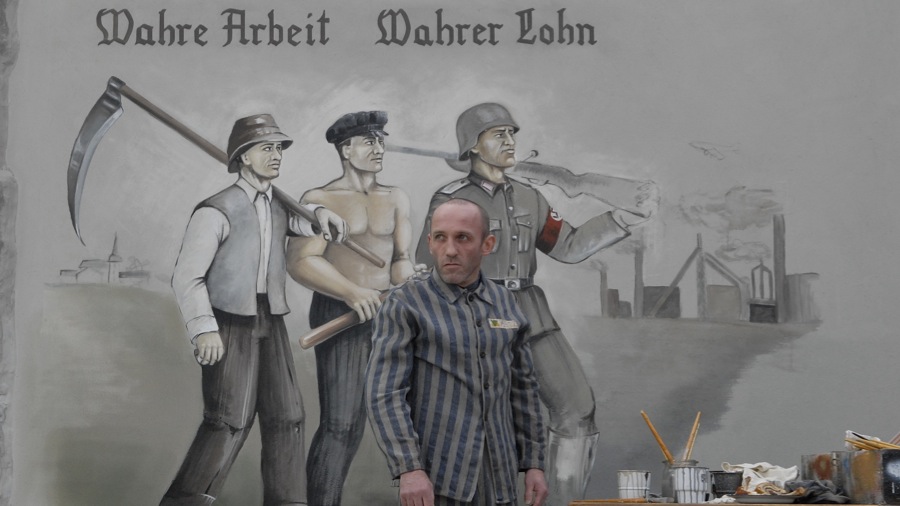
This film tells the true story of Operation Bernhard, the largest counterfeiting operation in the history of economic warfare, by means of flooding the British economy with forged money, provoking several negative “shocks” on the British economy.
The counterfeiting operation occurred at Sachsenhausen concentration camp, led by Jewish prisoners who were obliged to continue the operation in order to stay alive. The movie centers on a particular character, a criminal and a specialist in counterfeiting named Salomon “Sally” Sorowitsch, who is transferred to Sachsenhausen after being arrested and imprisoned in a concentration camp, to ‘lead’ the operation.
The movie won the award for Best Foreign Language Film at the 80th Academy Awards. It doesn’t concentrate on the wrongdoings of the Nazis as much as other movies do, which is something I always like to see explored, and for that reason “Die Fälscher” isn’t as well positioned as one would think.
26. Christiane F. (Uli Edel, 1981)
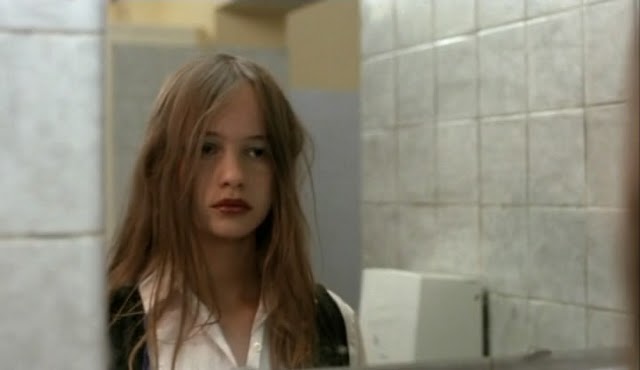
It’s one of the most commercially successful movies on this list, reaching an iconic status as one of the references of modern German cinema after 1970. It portrays the real-life story of Christiane, who by the age of 12 was already addicted to heavy drugs and lived a life on the streets separated from her family and real friends.
This movie, directed by Uli Edel, became representative and symbolic of the lives of youngsters addicted to drugs and their fight to battle the addiction. It features late great musical personality David Bowie, who also composed the movie’s soundtrack.
The film not only is factual, but is also famous because of its amazing performance by the teen actress (at the time), Natja Brunckhorst. The book, released earlier, was also quite successful with both the film and book rapidly reaching a cult status.
25. Die Abenteuer des Prinzen Achmed (Lotte Reiniger, 1926)
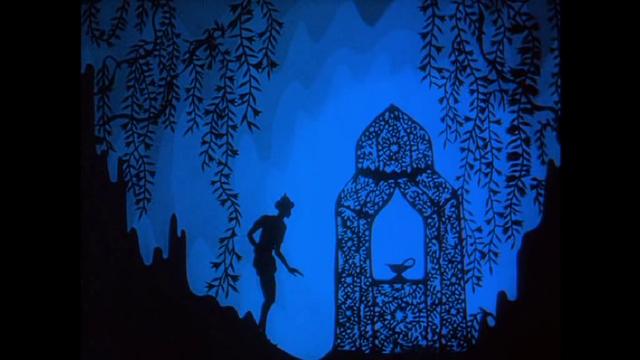
It’s the only animated film on this list, and it earns the prize as one of the most surprising movies on the list, at least in my opinion. It’s a fairy tale about Prince Achmed, who faces several adventures riding a flying horse to faraway lands and undiscovered places. He meets Aladdin and falls in love for a princess, saving her from the terrible ordeals of which she is a victim.
The film is one of the most innovative and groundbreaking movies of all time, and was unknown to me until recently. It became a reference point for other animated movies, and it’s the oldest surviving animated film of all time. It’s a rich adventure told superbly with great imagery and a fantastic team of animators, creating animations that completely surprise viewers even today, considering the year the film was released.
24. Die Blechtrommel (Volker Schlöndorff, 1979)
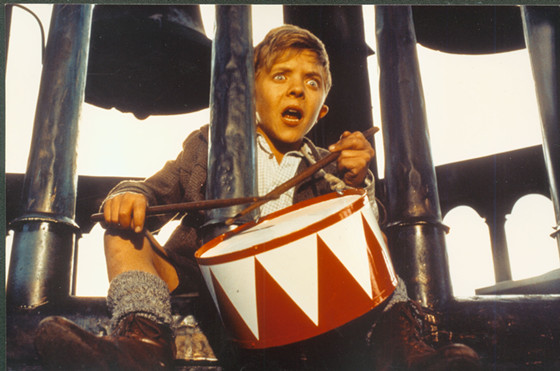
When I watched this film, I actually didn’t enjoy it as much as one might think. At the time, several years ago, I didn’t have the experience I have now with the German film industry. The polemic and controversial scenes really didn’t enter my spirit and weren’t really my cup of tea.
Although the actors’ performances surprised me in a good way, the sexual and almost pornographic content of the movie surprised me more than I expected. When released, “Die Blechtrommel” received a very positive reception, receiving several prizes at several film festivals, and was one of the most financially successful films in the history of German film.
The plot is centered on Oskar Matzerath, a young boy who decides at the age of three to not grow up anymore. We see the world through his eyes, in a Germany that is rapidly becoming overtaken by the Nazi party and dominated by Nazi idealism.
Oskar sees his family becoming attached to these ideals and uses his tin drum to symbolize his protest against the passiveness and foolishness of the German people regarding the new regime. However, Oskar’s protest isn’t successful because nobody listens to him.